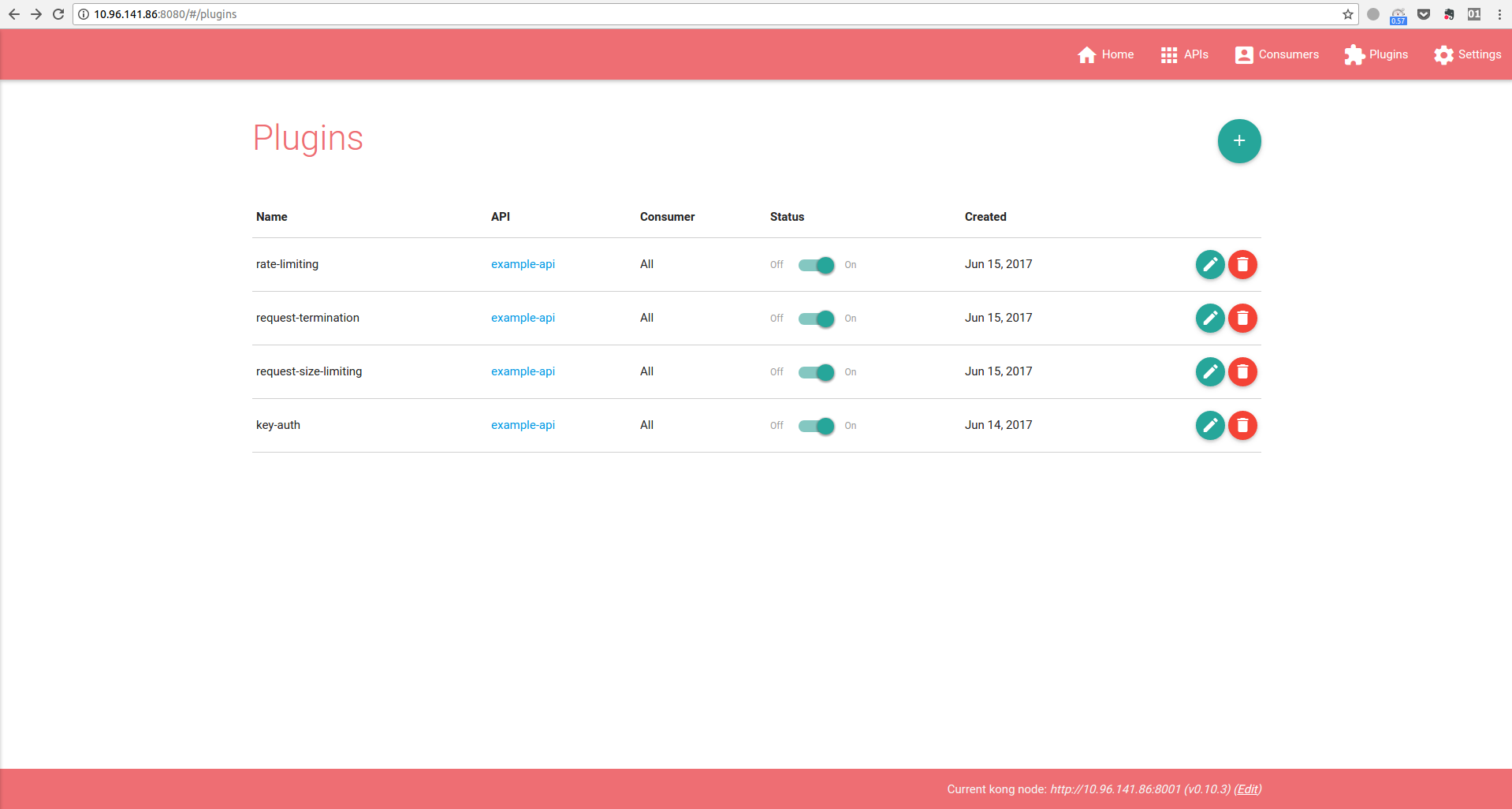Kong 初探(一)
Kong 安装
- 可参照官网
https://getkong.org进行有选择性的安装
|
|
- Kong 支持两种数据库
postgres和cassandra,默认postgres
安装postgresql
- 添加postgresql源:
|
|
- 执行下面的命令添加postgresql安装包的秘钥:
|
|
Kong 数据库配置
- 创建用户、数据库
|
|
- 修改密码
|
|
- 验证
|
|
- 修改kong
|
|
启动Kong
|
|
Kong-dashboard 安装
- 源码安装
|
|
demo

https://getkong.org进行有选择性的安装
|
|
postgres 和 cassandra,默认postgres
|
|
|
|
|
|
|
|
|
|
|
|
|
|
|
|
